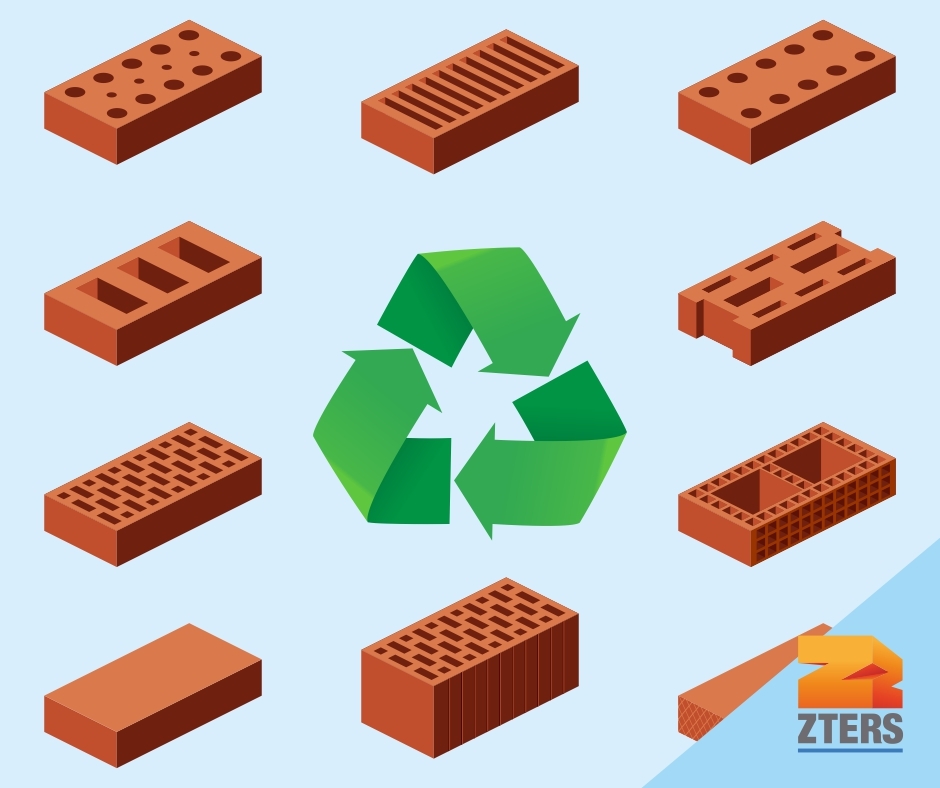In the pursuit of sustainable construction materials, engineers at RMIT University have developed a groundbreaking solution—energy-smart bricks made from waste materials.
Collaborating with Australia’s largest recycling company, they’ve transformed waste, such as glass and combustion byproducts, into environmentally friendly bricks that offer significant benefits for both manufacturers and the environment.
Energy Efficiency and Cost Savings
Traditional brick production is energy-intensive, but these energy-smart bricks offer a game-changing solution. By replacing clay with waste materials, manufacturers can save up to 20% in cost due to lower firing temperatures. We can also expect to see a 5 percent reduction in electricity bills due to better insulation.
The production process is highly efficient, utilizing materials that would otherwise end up in landfills.
Sustainable Brick Ingredients and Production Process
The key ingredients for these bricks include waste glass, small glass pieces, and combustion byproducts, with a minimum of 15% waste glass and 20% combusted solid waste or ash. The production process mirrors traditional brick manufacturing, ensuring the bricks meet all necessary structural and durability standards.
After pulverizing clay soil and mixing it with waste materials, the mixture undergoes a drying and compaction process. To prevent cracking, the bricks are carefully dried before firing in a furnace. The result is a high-quality, environmentally sustainable brick that meets industry standards.
Environmental Impact and Sustainability
The environmental benefits of these energy-smart bricks are substantial.
Traditional brick production emits harmful gasses like carbon dioxide, sulfur dioxide, and chlorine, while also depleting natural resources like clay. In contrast, these bricks produce 24 percent lower thermal properties and require lower firing temperatures, resulting in significant reductions in CO2 emissions.
Even more, by diverting waste materials into brick production, the project contributes to a circular economy, which reduces the strain on natural resources and lessens environmental impact.
Economic and Global Impact
Not only do manufacturers save on production costs, but they also contribute to a more sustainable future. Globally, brick kilns consume vast amounts of coal, contributing to significant CO2 emissions. By partially replacing clay with waste materials, this innovative solution addresses both environmental concerns and the need for sustainable construction practices.
With their economic, environmental, and global benefits, energy-smart bricks pave the way for a more sustainable future in construction. To read more about sustainability, check out ZTERS sustainability blog posts.

